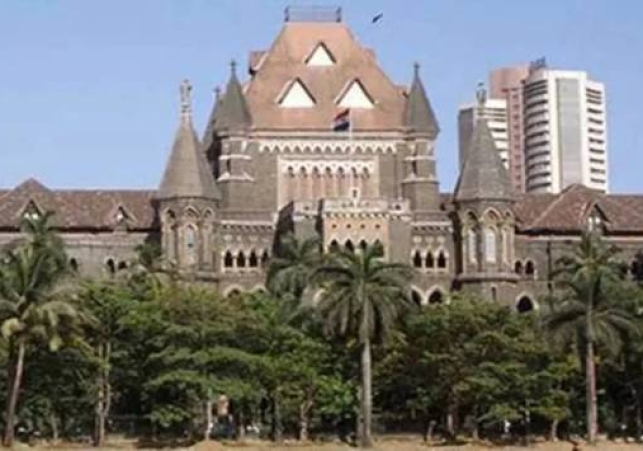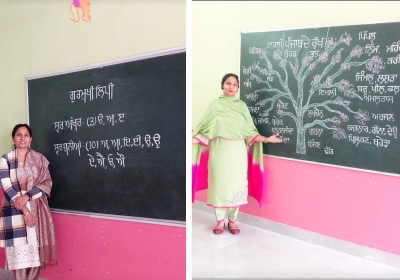
Horizontal Reservations for Transgender Persons
Breaking Barriers: Embracing Inclusion with Horizontal Reservations for Transgender Persons
The Bombay High Court is currently examining the matter of granting additional reservations for transgender individuals in education and public employment. In response, the Maharashtra government has expressed concerns regarding the feasibility of implementing these additional reservations. This is primarily due to the complex nature of the existing reservation system, which already caters to various communities across India. The government contends that introducing additional reservations for transgender persons would require careful consideration and evaluation of the overall reservation framework. Balancing the aspirations of transgender individuals with the existing reservation structure poses a challenge that needs to be addressed thoughtfully. The issue at hand necessitates a comprehensive understanding of the complexities involved in order to arrive at a fair and practical solution. The court's examination of the matter aims to ensure equitable opportunities for transgender individuals while respecting the intricacies of the reservation system.
Understanding of Vertical and Horizontal Reservations
Vertical reservations focus on addressing social inequality and backwardness rooted in the caste system. They benefit Scheduled Castes, Scheduled Tribes, and Other Backward Classes, aiming to uplift these historically marginalized communities. By providing specific advantages, vertical reservations strive to create a more balanced and just society.
On the other hand, horizontal reservations extend beyond caste considerations. They encompass all vertical groups and aim to provide affirmative measures for disadvantaged groups within various categories, such as individuals with disabilities. Horizontal reservations ensure that equal opportunities are available to all, regardless of their caste or social background.
In summary, vertical reservations target caste-based inequalities, while horizontal reservations widen the scope to include all disadvantaged groups. Together, these reservation policies work towards achieving social equity and fostering a more inclusive society.
Recognizing the Right to Reservation for Transgender Individuals
In the NALSA case, the Supreme Court upheld the right of transgender individuals to avail themselves of reservations. This landmark ruling acknowledged that transgender persons face social and educational disadvantages and affirmed their entitlement to reservation benefits. However, the court did not specify whether these reservations should be categorized as vertical or horizontal in nature.





